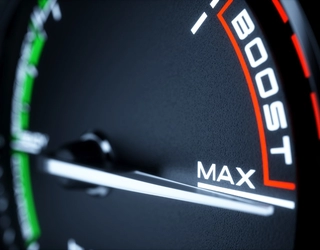
Electric vehicle power efficiency
contact us

Silver sinter technology means moving from a conventional soldered die-attach interconnection to a bulk silver bond. The increased thermal conductivity and low resistivity of silver enable a six-fold increase in current throughput capability, compared to a standard soldered bond.
The impact of this is to increase the possible power density for the critical power electronics that sit between the DC battery source and the AC motor – the traction inverter. The power cycling capability is improved by an order of magnitude while the current density per integrated circuit device can be increased by at least 50%.
Silver sintering is performed at low pressure in the temperature range of 190-300°C, but it produces a bulk silver bond with a melting point of 962°C, extremely high thermal conductivity, in the range of 200-300 W/m.K, compared to 26-55 W/m.K for solders (depending on the exact composition of the solder alloy), and very low electrical resistivity (2.5-3.5 µΩ.cm, compared to 14.5-17 for solder alloys). This means the die temperature can be maintained at a safe level even while switching considerably more current; additionally, the capability of a silver sintered bond to withstand higher temperatures also increases performance, since it allows the semiconductors to function with much higher junction temperatures.
This means designers can create more powerful electric vehicles without having to increase the semiconductor content or other components of the electric drivetrain.